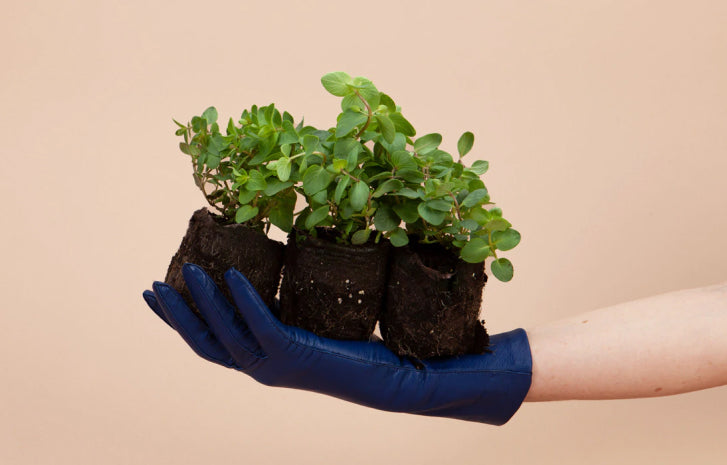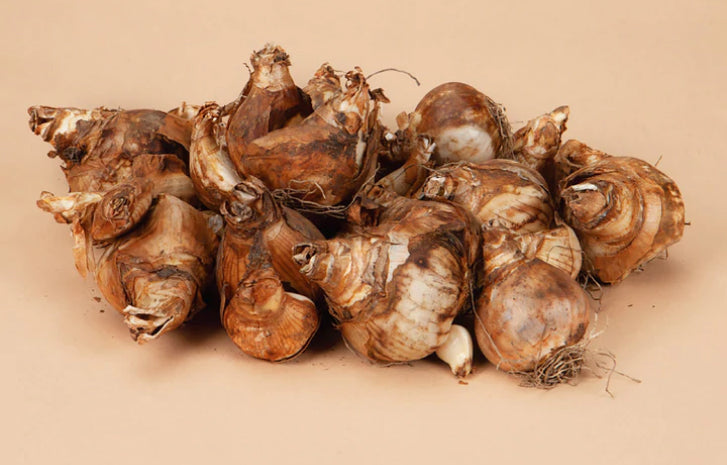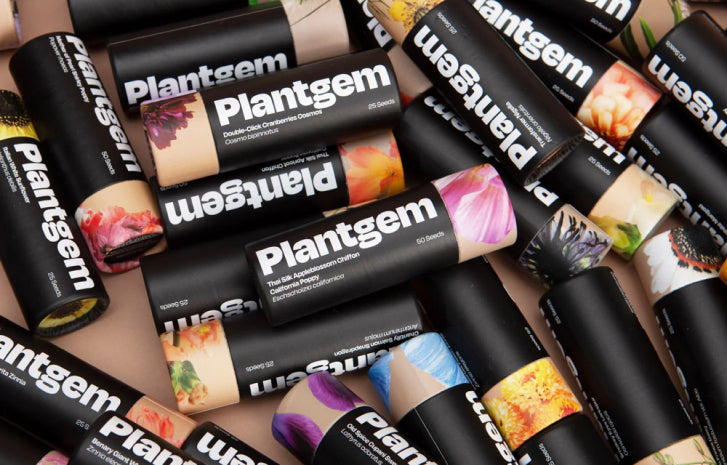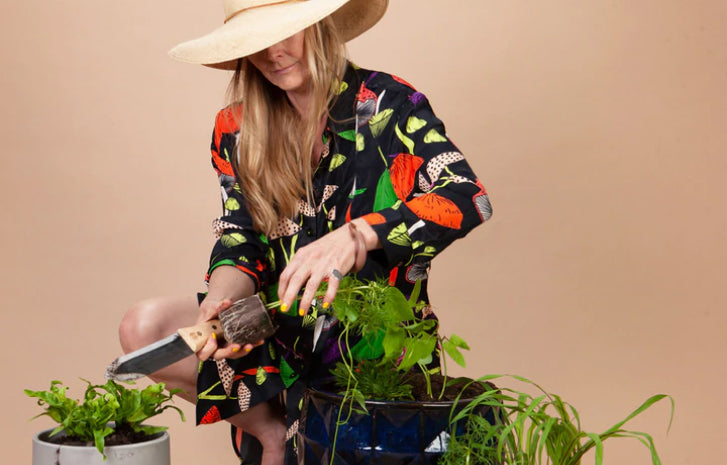
So some powdery mildew walks into a greenhouse and says, “Hey, can I party with your plants?” And the gardener says, “No way, dude.” And the mushroom says “Why not? I’m a fungi!“ and then the gardener sprayed him with the hose. Mainly because it was a terrible joke, but also because it totally worked - the Powdery Mildew got the heck out of there. (cue the rimshot).
Sigh. Fungus. Look, we all have that moment when we look down at a plant and think… “Ehhh. That’s not good.”
Sometimes it’s like a little fluffy white puff or sometimes it looks like calcified crust or sometimes it looks like a white film. In any case, there’s a fungus among us, and it's gotta go. (I’m sorry. I'm sorry. I’ll go spray myself with the hose now).
So let’s talk about it!
First - prevention. We all know that plants need the right sunlight, water, and dirt. Often, that’s where we all stop, but there is such an important factor we overlook- air flow. Plants need a breeze. They love the breeze. They love blowing around (gently). Plants like maidenhair ferns are absolutely made for it. Every time the slightest shift in air whispers by, they just dance. It’s fantastic.
Anyway, outside, the best way to ensure that your plants get proper air flow is to plant them out in the open, and properly spaced according to what is recommended. That doesn’t mean you can’t plant a tight little shade garden down your alleyway, it just means that you will need to take special care of those plants to keep the fungus away. (We’ll get into that).
Indoor plants especially suffer in the winter, when we don’t have the windows open. Crack a window, if you can, and turn the fan on to get that fresh air whirling in your house. You don't need to move your plant to the window, as long as it's getting a little draft. (It’s healthy for you too, just saying. Sure plants “purify the air” but unless you live in a biodome, cracking a couple windows will work way better). I say this all the time, and I'll say it again: There is no such thing as an indoor plant. Always consider what their life would be outside, in their ideal environment, and try to mimic that. Outdoors: there is wind.
Next, plants like water. You knew that. You water the soil to treat the roots all the time. But leaves like water. Stems like water. Branches like water. Flowers like water. Rain does not bypass the greenery and go straight for the dirt - it flows all over plants and they love it. It washes away mold spores and bad bugs and excess pollen. It makes them look happy and shiny. Outside, just get out the sprinkler or the hose, and after you water the roots directly, give those babes a good old shower.
Inside, actually stick your plants in the shower, (if they are big). You will be AMAZED at the transformation. (Have you ever dusted your plant? Think about it.) Little plants can just get a birdy-bath in the kitchen sink. (Always, always, always plant in pots with drainage holes in the bottom. You don’t want to drown your plants. That’ll cause fungus too!)
Lastly, use the right stuff. And by stuff we mean spray treatments. Neem oil spray is amazing. It's totally harmless, unless you are a pesty-bug or a pesty-fungus, and in that case, it’s awful. We also recommend thoughtful, gentle, nature-based products like Arber’s Bio Fungicide. There are tons of anti-fungal products out there, and it comes down to your comfort level with using formulas on your plants. This is my go-to advice: when in doubt, use what’s labeled as safe on fruits and vegetables. If a product is proven to be A-OK on actual food, then it’s probably made with natural ingredients, which are cheaper and more effective than complicated chemicals anyway. Oh, and read the label - the whole thing - before you do anything. For reals.




